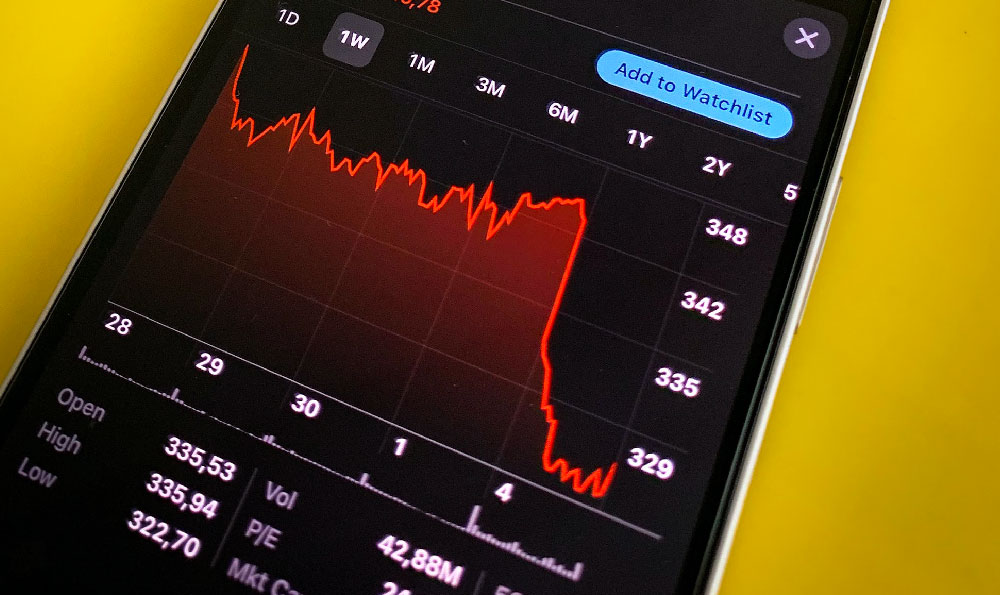How Much Can YouTube Pay You: Can You Really Make Money?

YouTube, the behemoth of online video, holds a magnetic allure for aspiring creators. The platform promises a stage, an audience, and potentially, a lucrative income stream. But the reality is often far more nuanced than the dream. The question isn't if you can make money on YouTube, but how much you can make, and under what conditions. The answer to that question is a complex equation involving viewership, engagement, monetization methods, and a healthy dose of luck and perseverance.
The most common and easily understood avenue for generating revenue on YouTube is through the YouTube Partner Program (YPP). This program allows creators to monetize their content with ads. However, entry is not guaranteed. YouTube has strict eligibility requirements. To join the YPP, a channel must have at least 1,000 subscribers and accumulate 4,000 valid watch hours within the past 12 months. These thresholds are in place to ensure that only channels with genuine content and audience engagement are eligible for monetization.
Once accepted into the YPP, creators earn revenue primarily through AdSense. AdSense is Google's advertising platform, and the amount earned per view varies widely based on several factors. The most significant variable is the cost per mille (CPM) or cost per thousand impressions. CPM represents the amount advertisers pay for 1,000 ad impressions. This figure fluctuates depending on the advertiser, the target audience, the geographic location of the viewers, the content category, and the time of year.

For example, channels focusing on finance, business, or technology often command higher CPMs because advertisers in these niches are willing to pay more to reach that specific demographic. Conversely, channels featuring gaming or entertainment might have lower CPMs. Viewers located in countries with high advertising rates, such as the United States, Canada, and the United Kingdom, typically generate higher revenue than viewers from countries with lower advertising rates. The time of year also plays a role; advertising spend typically increases during the holiday season, leading to higher CPMs.
A common misconception is that a certain number of views directly translates to a fixed amount of money. While there are averages floating around the internet, suggesting that creators earn around $3-$5 per 1,000 views, these figures are just that – averages. The actual revenue can be significantly higher or lower depending on the aforementioned factors.
Beyond AdSense, successful YouTubers often diversify their income streams through various monetization methods. Affiliate marketing is a popular option, where creators promote products or services and earn a commission on each sale made through their unique referral link. This strategy is particularly effective for channels that review products or offer tutorials.
Sponsorships and brand deals represent another significant source of revenue. Companies often pay YouTubers to promote their products or services in their videos. The amount a creator can charge for a sponsorship depends on their subscriber count, engagement rate, and the target audience of their channel. Established YouTubers with large and engaged audiences can command substantial fees for sponsorships.
Merchandise sales offer a more direct connection with the audience. Creators can design and sell branded merchandise, such as t-shirts, hoodies, mugs, and phone cases, through their own online stores or platforms like Teespring or Merch by Amazon. This method allows creators to capitalize on their brand and build a stronger sense of community among their viewers.
Crowdfunding platforms like Patreon offer a way for viewers to directly support their favorite creators. Patrons can pledge a monthly amount in exchange for exclusive content, early access to videos, or other perks. This model provides a more stable and predictable income stream for creators.
YouTube Premium revenue sharing is another important aspect. When YouTube Premium subscribers watch a creator's content, a portion of their subscription fee is allocated to the creator based on their watch time. This revenue stream can be significant for channels with a large proportion of YouTube Premium viewers.
The path to financial success on YouTube is not a sprint; it's a marathon. It requires consistent effort, dedication, and a willingness to learn and adapt. Building a successful YouTube channel takes time and investment. Creators need to create high-quality content, engage with their audience, and promote their videos effectively. Consistency is key, and regularly uploading new content is essential for keeping viewers engaged and attracting new subscribers.
Furthermore, understanding YouTube analytics is crucial for optimizing content strategy and maximizing revenue. By analyzing data such as viewership, watch time, audience demographics, and traffic sources, creators can gain valuable insights into what resonates with their audience and make informed decisions about future content.
Competition on YouTube is fierce, and standing out from the crowd requires creativity, originality, and a unique perspective. Successful YouTubers are often those who can carve out a niche for themselves and create content that is both entertaining and informative. They also understand the importance of building a strong community around their channel and fostering genuine connections with their viewers.
Finally, it's important to remember that making money on YouTube is not guaranteed. Many aspiring creators invest significant time and effort into their channels without achieving significant financial success. The key is to approach YouTube with realistic expectations, focus on creating high-quality content, and be patient and persistent. While it's possible to make a substantial income on YouTube, it requires hard work, dedication, and a bit of luck. It's not a get-rich-quick scheme, but a long-term endeavor that can be rewarding both financially and personally.




